You can see them everywhere in the US: mixed-use paths. But why are these types of paths so common? And are they really the cycling paradises they seem to be? Let’s take a look at multi-use paths from a cyclist’s perspective.

What are multi-use paths?
Interested in trying a day out on the bike path? You’re not alone.
Multi-use paths, sometimes known as mixed use paths, shared-use paths, greenways, or bike paths, have become a key part of many communities. They’re built to give pedestrians, cyclists, runners, and others a safe place to get a break from cars. These paths are great for recreation, and many times they become a necessity to get around without a vehicle (more on that later).
What’s the catch? Because everyone uses them, they can create a pretty complicated use experience for different groups. For cyclists, especially those who love to go fast or train hard, mixed-use paths can be a mixed bag. In fact, a good number of serious cyclists often dislike using them.
Keeping road cycling on the… well, road.
Why groan when you mention using a multi-use path for your next Zone 2 ride? Well, it really comes down to clashing goals among path users.
If you’re a cyclist and you’re training, really training for a race, or even just trying to get in a hard workout… you need to maintain a steady pace and rhythm. You need to be able to do what you need to do for your workout plan. On a mixed-use path, there are constant, unpredictable interruptions to that plan. A jogger might suddenly cut in front of you. Kids on their own bikes might swerve, or a leashed dog could lunge.
Read more: Ride Smarter, Not Harder With “Zone 2” Training
These things aren’t just interruptions: they can be dangerous, for both you and others. You have to hit the brakes, change direction, and stay hyper-alert. It’s enough to mess up anyone’s workout.
All of these reasons add up to why I personally haven’t gravitated towards multi-use paths in the past. But that may be about to change.
The real benefits of bike paths.
Despite all the many challenges in tow, shared-use paths are also one of the best things to happen to cycling in a country like the US. For most users, the priority isn’t speed: it’s safety and fun. Nothing beats a multi-use path for that.
When you’re on a path, you’re safe from cars, which are the biggest threat to cyclists, especially cyclists who aren’t well-versed in road rules. It creates a really low-stress environment that’s perfect for casuals, people riding to get into better shape, families, and people just getting into cycling. This kind of accessibility is crucial for getting more people on bikes and building a cycling culture that’s about more than just the sport.
Read more: When Are You a “Real Cyclist?”
Taking a subtle stand against car culture.
Another big issue is car centricity. Yes, it’s a tough pill to swallow, but in the US it’s reality. In a community built around cars, mixed-use paths aren’t just an option. When dedicated bike lanes are nonexistent and road shoulders are narrow or full of debris, paths become necessary escape, not just for people trying to enjoy their bikes, but for commuters and fitness folks too.
If the choice is between a crowded path with other people or a dangerously close encounter with traffic, I know which one I’m picking. For myself, I’ve been in too many dangerous situations with cars, so I’m moving towards path riding. There are tons of others out there who feel the same, and that seems especially true in the US. Here, it’s really not safe to share the road with cars in many areas of the country unless you are a very competent, confident cyclist… and even then, it’s dicey.
That’s why while you can find these paths all over the world, they’re most common in busy areas where there’s a real need for alternative places to ride. A lot of times, they’re made from repurposed old infrastructure, like the High Line in New York City or the Silver Comet Trail in Georgia, which were once old railroad lines. Other paths, like the Burke-Gilman Trail in Seattle, follow coastlines and rivers, while still being routes for people commuting to work. Many communities have these paths woven throughout neighborhoods, connecting homes to schools or shopping centers.
When used in these ways, they take a subtle stand against car-dominated culture and the inherent isolation of suburbs.

What about the bike lanes?
Now, we’ve touched on a pretty crucial point that’s a sticking point for me with multi-use paths:
Shared-use paths, despite their benefits, are realistically a substitute for something better when it comes to transportation.
Too many cities choose to build a shared-use trail instead of a dedicated, protected bike lane on a major street. In their eyes, it’s a cost-effective compromise. And a multi-use path is infinitely better than no infrastructure at all, but it doesn’t solve the core issue of integrating cyclists safely into the transportation network.
Society still has a long way to go to close this gap outside of a few selected countries (such as the Netherlands). For cycling to become a viable form of everyday transport, we need to move beyond compromises.
Read more: What to Expect on Your First Cycling Group Ride
But for now, mixed-use paths are what we have, and they’re not a bad choice depending on what you’re looking for. So, how can cyclists make the most of the paths in their area?
(Also, if you’re interested in learning more about what great cycling infrastructure looks like, check out the video below, which highlights why cycling culture in the Netherlands is so amazing!)
How to be a gracious cyclist on the mixed-use path.
If we all want to share the path safely and happily, every cyclist (no matter how experienced you are!) needs to follow the basic rules. The most important one?
Slow down. I get it, but mixed-use paths are not for racing. Going very fast is dangerous for you and others. You do need to be ready to brake or stop at a moment’s notice if another path user crosses your way.
Communication is another key part. On most mixed-use paths, it’s considered polite to use a bell or your voice to let people know you’re coming up behind them. A simple “On your left!” is a friendly way to do it.
Ride in a predictable way, when you’re using a multi-use path. You should try to keep a straight line and avoid any sudden swerves. If you’re riding with a group, go single file where you can. That way you don’t take up the whole path.
Stay aware, is the final tip. Keep your head up, your ears open (skip the headphones), and be on the lookout for any kids, pets, or people who might not be paying attention when you’re riding.
If you keep these best practices in mind, you’ll likely find it easy and enjoyable to take a ride on the shared-use path. Sure, it may not be the best place for a super intense training session or racing around curves at top speed… but you can still take in the sights and sounds of the path and appreciate a day out on the bike. In that way, it’s more like a coffee ride… and we all need a coffee ride once in a while.
Closing thoughts.
Mixed-use paths are full of different people with different goals, and that includes cyclists. A serious cyclist might find them less-than-ideal for a training, but in some cases, there’s not a clear alternative.
For all the pros and cons, multi-use paths can be valuable for keeping people safe, getting new riders out on their bikes, and building car-free community. More of these paths are being built all the time, and even the most serious cyclists can learn to take advantage of their use, too.
Is there a shared-use path in your area that you want to check out? Go for it! Let’s all do our part to keep these paths safe shared spaces for everyone who uses them to enjoy.
Read more: 6 Unexpected Skills You Learn From Cycling

How do YOU feel about multi-use paths? Let us know in the comments or on social media! ★


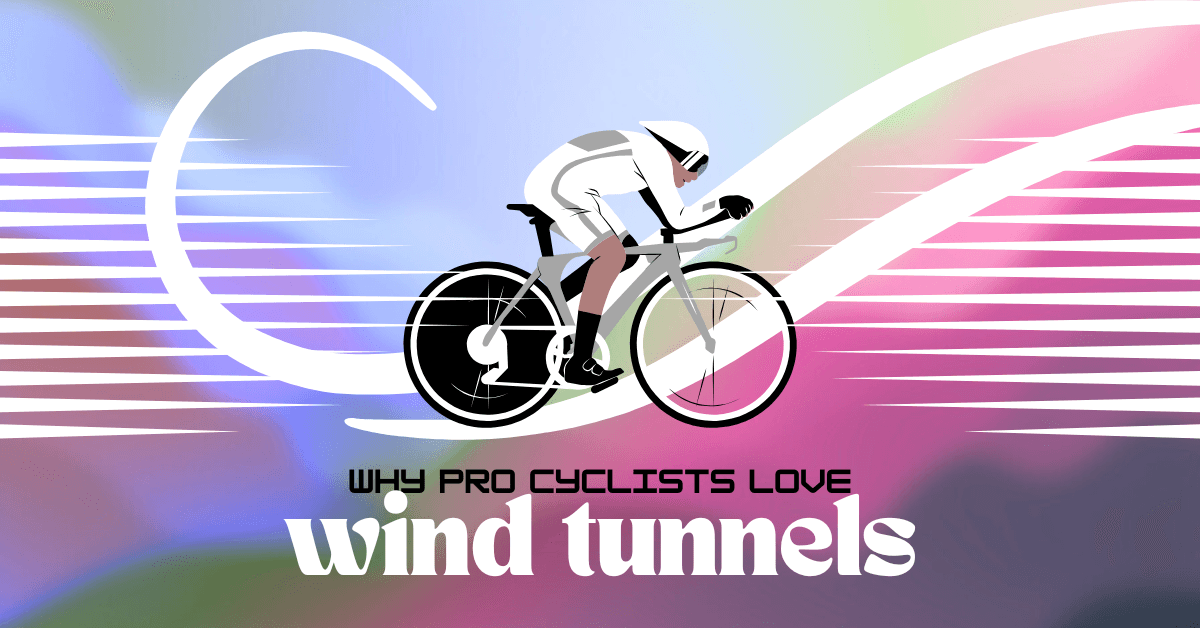
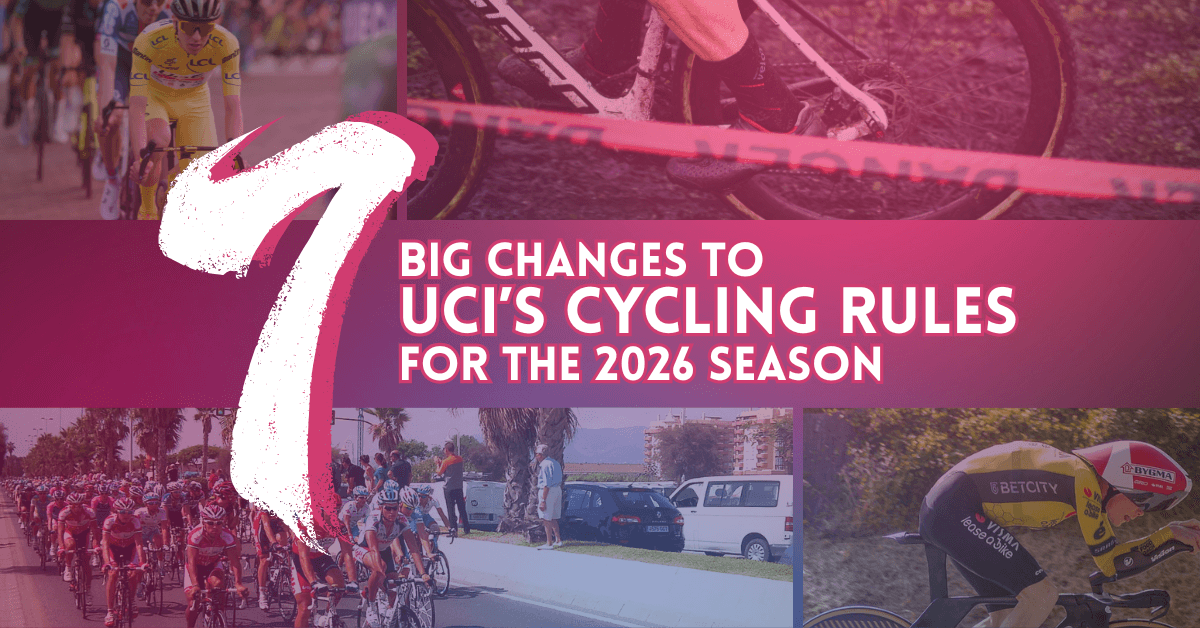
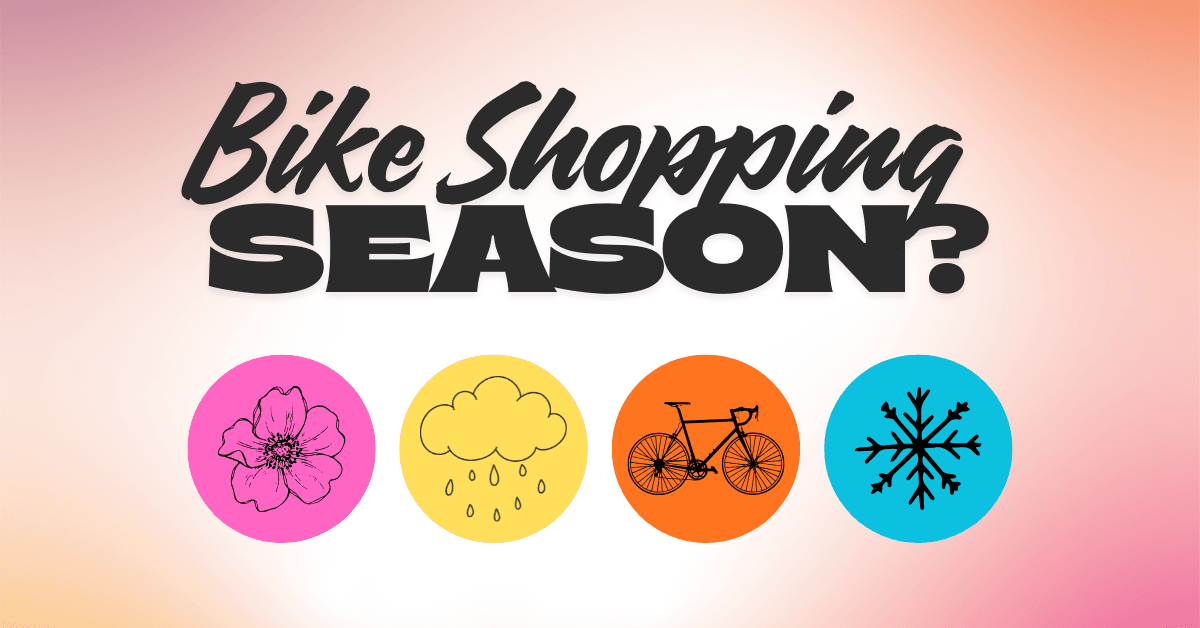

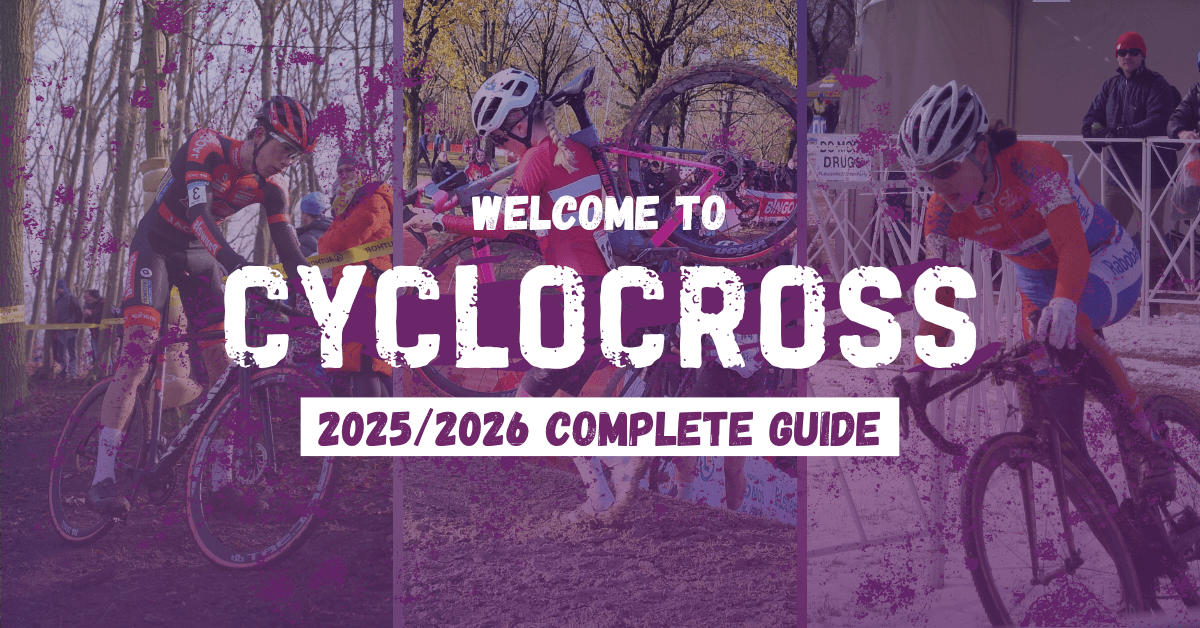
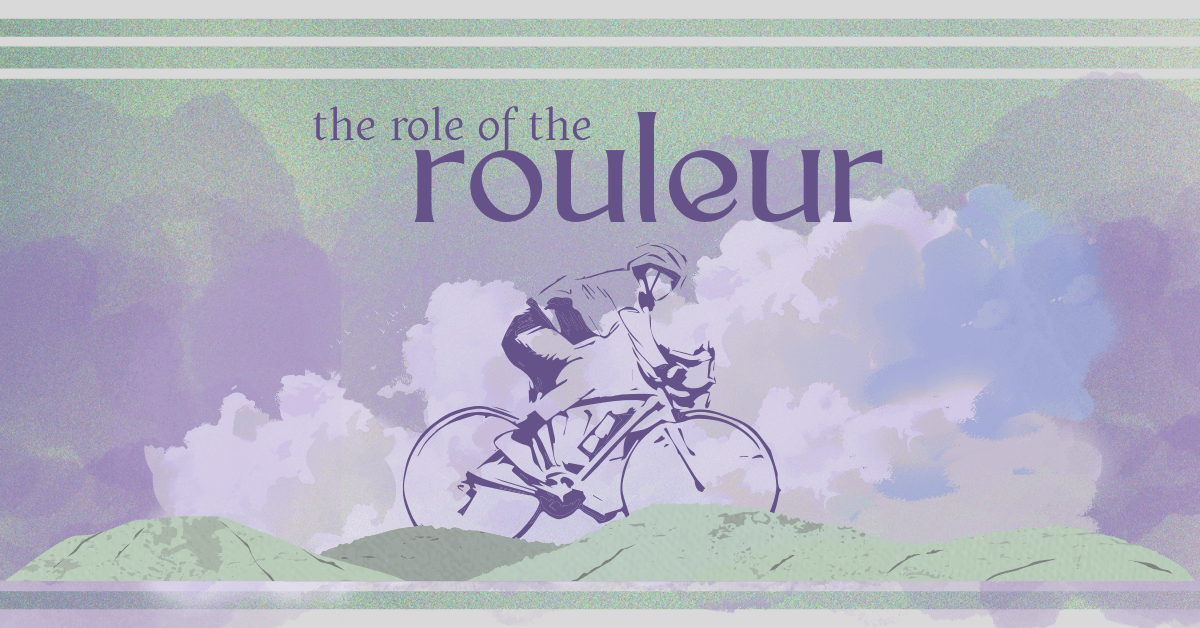
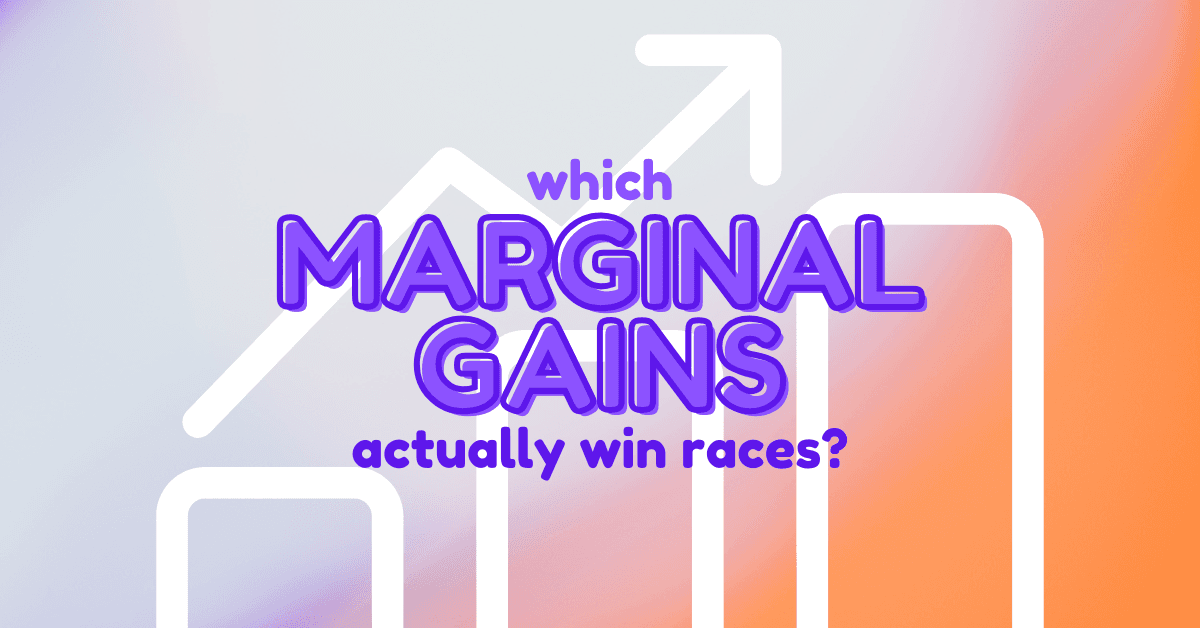
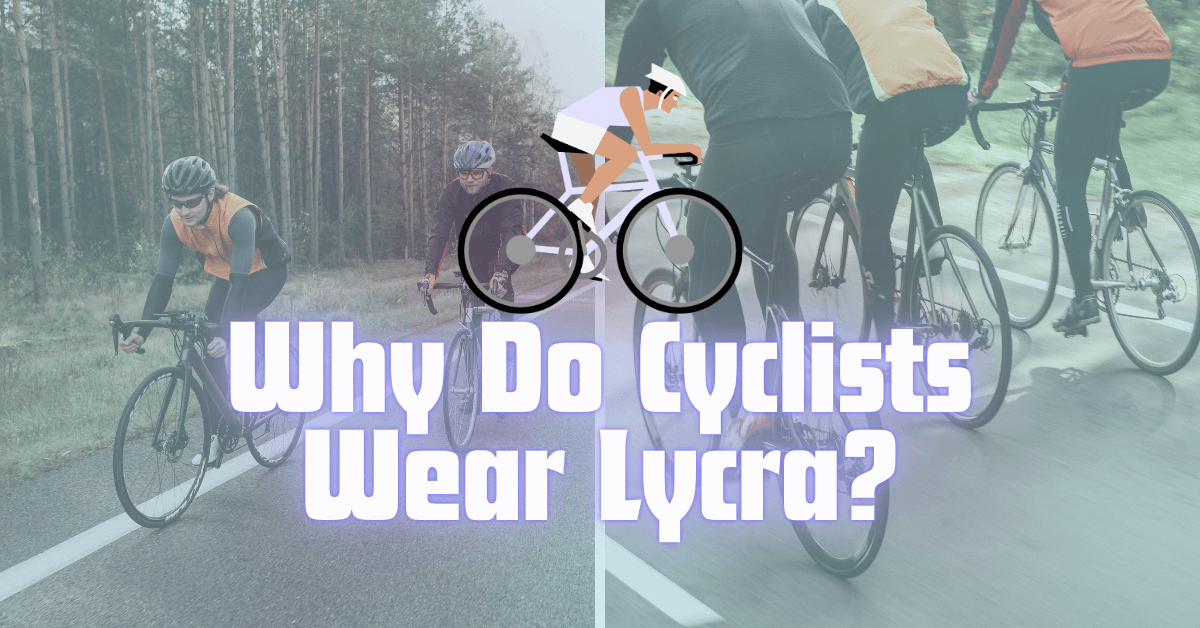
Leave a Reply